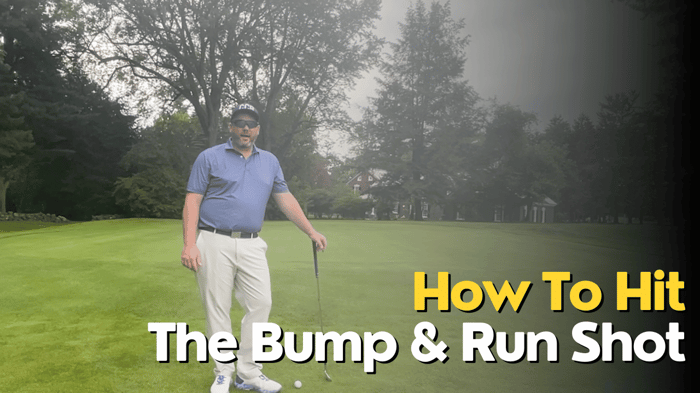In today's video from our Golf Swing Tips series, we're focusing on one of the most important aspects of the swing – the downswing transition involving both your upper and lower body. Let's debunk some misconceptions and learn how to start your downswing properly.
The Hip-Firing Misconception in Golf Swing
In numerous golf lessons, many players believe they need to start their downswing by firing their hips. However, this approach has its drawbacks:
-
Firing the hips might result in a significant slide, causing your upper body to lag behind. This imbalance can lead to chunk hooks, heel hits, and a great deal of inconsistency. Moreover, it can affect the low point of your swing.
-
Lateral hip movement tends to leave golfers "stuck" and forces them to throw their arms out. On the other hand, rotational hip movement can lead to an over-the-top swing.
Ultimately, you can't win with hip-firing. It's crucial to understand the coordination between your upper and lower body to perfect your swing.
The Perfect Golf Swing Drill
To enhance your understanding, let's try a drill. Hold a club across your chest and rotate back. You'll notice that your posterior and the center between your two shoulder blades are directed towards the target.
During the transition, feel a slight downward movement. Observe that your leading shoulder doesn't open up initially. Visualize a water-filled sponge beneath you, and your task is to squish the water out. Rise, compress the imaginary sponge, and then propel yourself around.
Initiate your swing with this motion. This motion is what "shallows" your club and positions you to rotate down to the golf ball. So, ascend, sink into it, squish the imaginary water, and then rotate down to the ball.
Some players describe this motion as 'falling into it,' essentially pushing into the ground, loading, and launching up and around during the swing. So, in the transition phase, ascend, fall, and make an impact.
The Transition: It’s Not a Race, It’s a Rhythm
The outcome of this practice? You'll use the ground more effectively, exert less effort, and achieve a much more fluid swing. Remember, the downswing isn't a race between your upper and lower body. Rather, it's about synchronizing their movement.
Contrary to a prevalent misconception in the golf industry, your sternum and pelvis work more in unison during the transition than apart. Practice with a mirror and a club across your chest. Turn back and observe how your sternum and pelvis stay aligned during the transition.
Avoid the common mistakes of losing this alignment. Too much separation can lead to an off-balance and ineffective swing. Instead, maintain alignment, fall into the target, and then unwind.
Have any questions about these golf swing tips? Feel free to comment below. Don't forget to like, subscribe, and join us for more golf insights soon. Master these tips and you'll be on your way to a more consistent and powerful golf swing.





